Donna Trope celebrates the power of the Polaroid in Paris
‘Polaroids used to be my rejects, and now they are my holy grail,’ says the beauty photographer, as she shows rarely seen images in a Paris exhibition
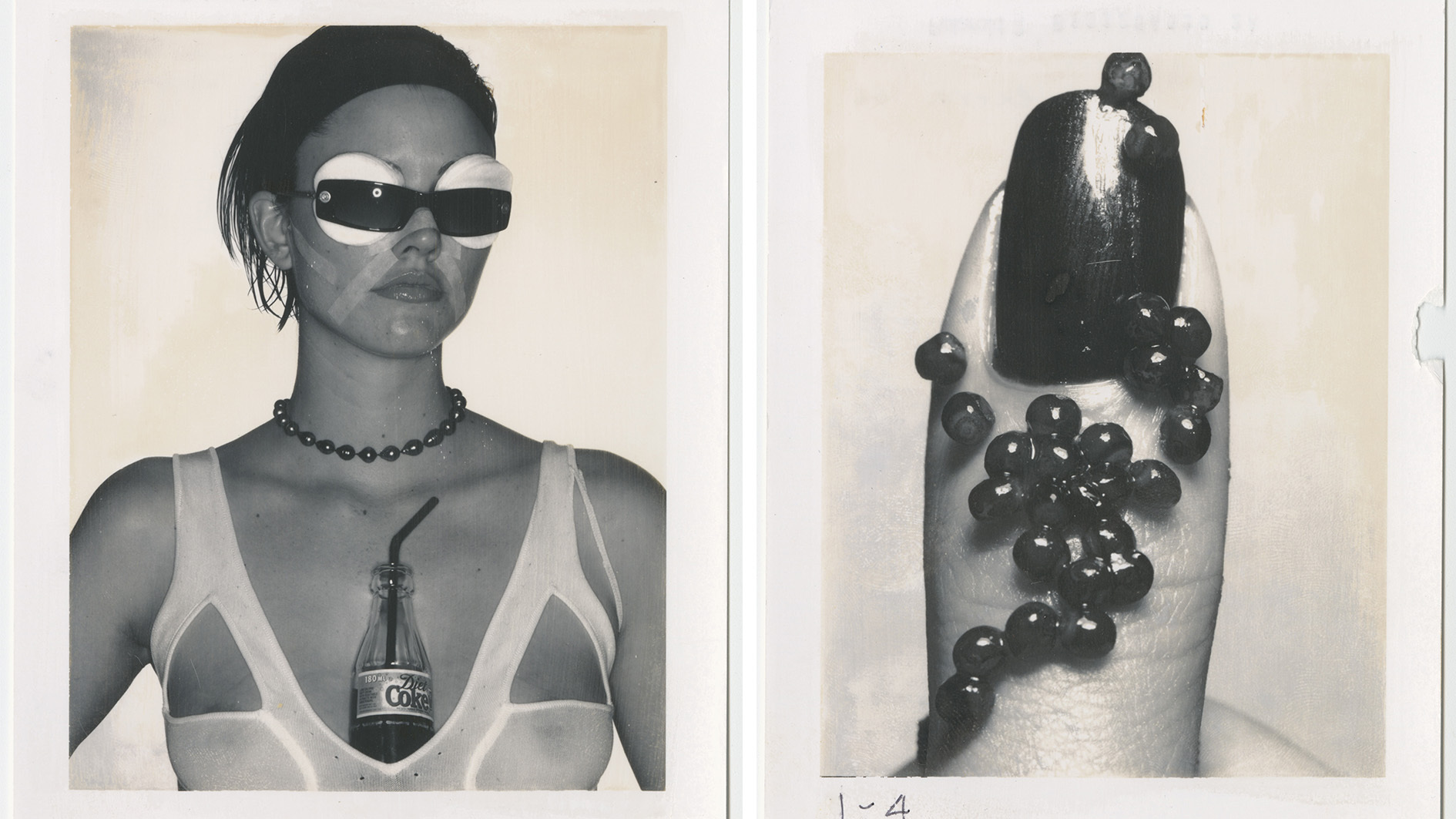
With ‘Donna Trope, Polaroids’, at Galerie Carole Lambert in Paris from June through 24 September 2025, the renowned beauty photographer honours the quieter section of her vast archive. Rarely-seen-before images from her collection of some 25,000 physical Polaroid prints celebrate Trope’s decades-long relationship with the instant photograph, curated in collaboration with Fany Dupêchez. ‘Polaroids used to be my rejects, and now they are my holy grail,’ Trope tells Wallpaper* in an email. ‘A way for me to work through a visual problem and get to my goal – that of the final “finished’ image – they are the unseen method of operating.’
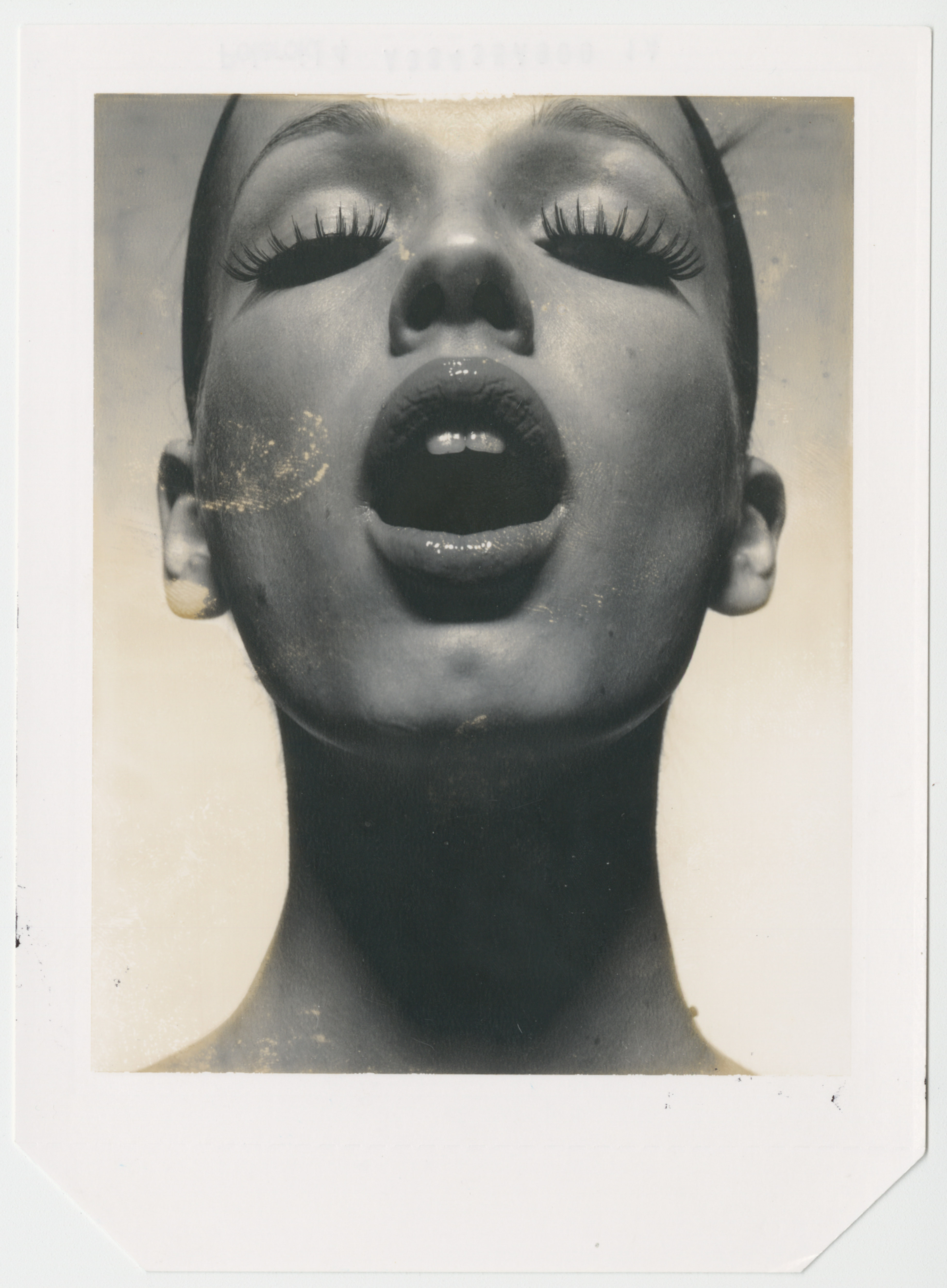
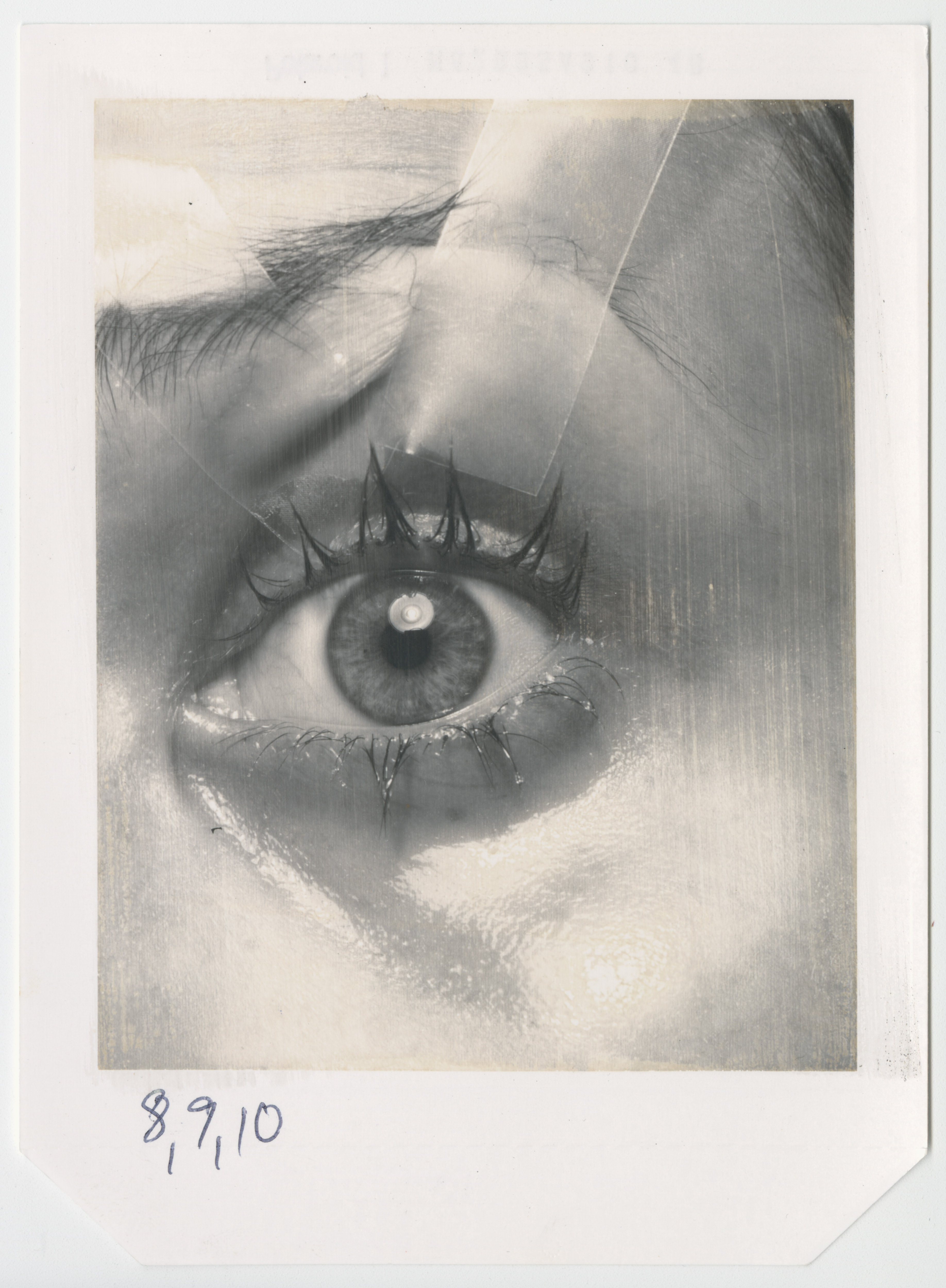
Born in Los Angeles before relocating to London in her late teens, where she would learn to use a camera and, soon after, land her first campaign (a year-long contract with the make-up giant Max Factor), Trope spent much of the 1980s and 1990s distorting mainstream perceptions of beauty and revising the more straightforward designs of what a beauty image could look like. In the early 1990s, an editorial with stylist Katie Grand for the 14th issue of Dazed, ‘Preservation Vamp’, saw her work labelled ‘disgusting’ by a top model agent; in subsequent years, her distinctive visual language has seen Trope widely admired across the beauty industry, with several pieces acquired by institutions such as the Victoria and Albert Museum.
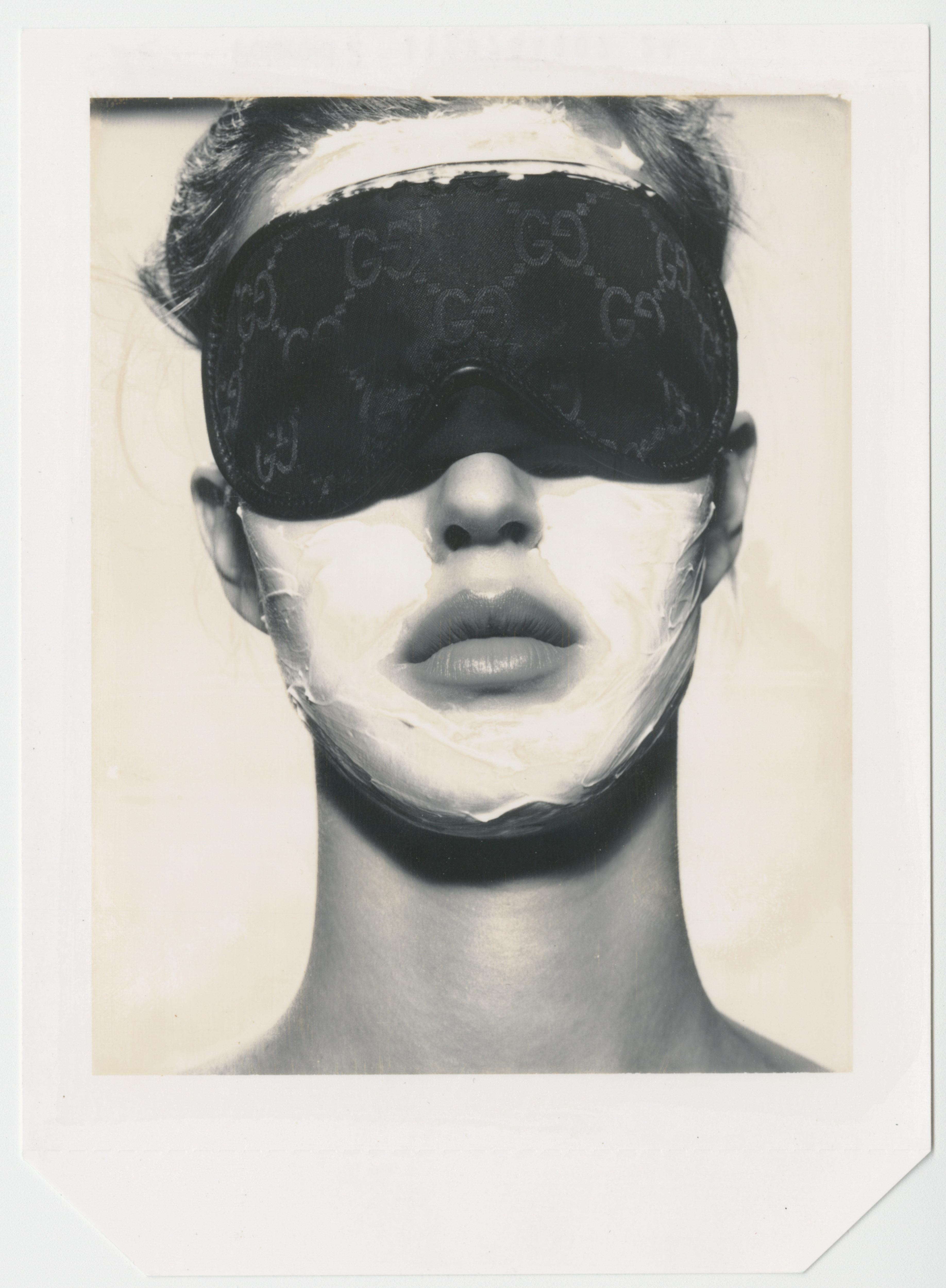
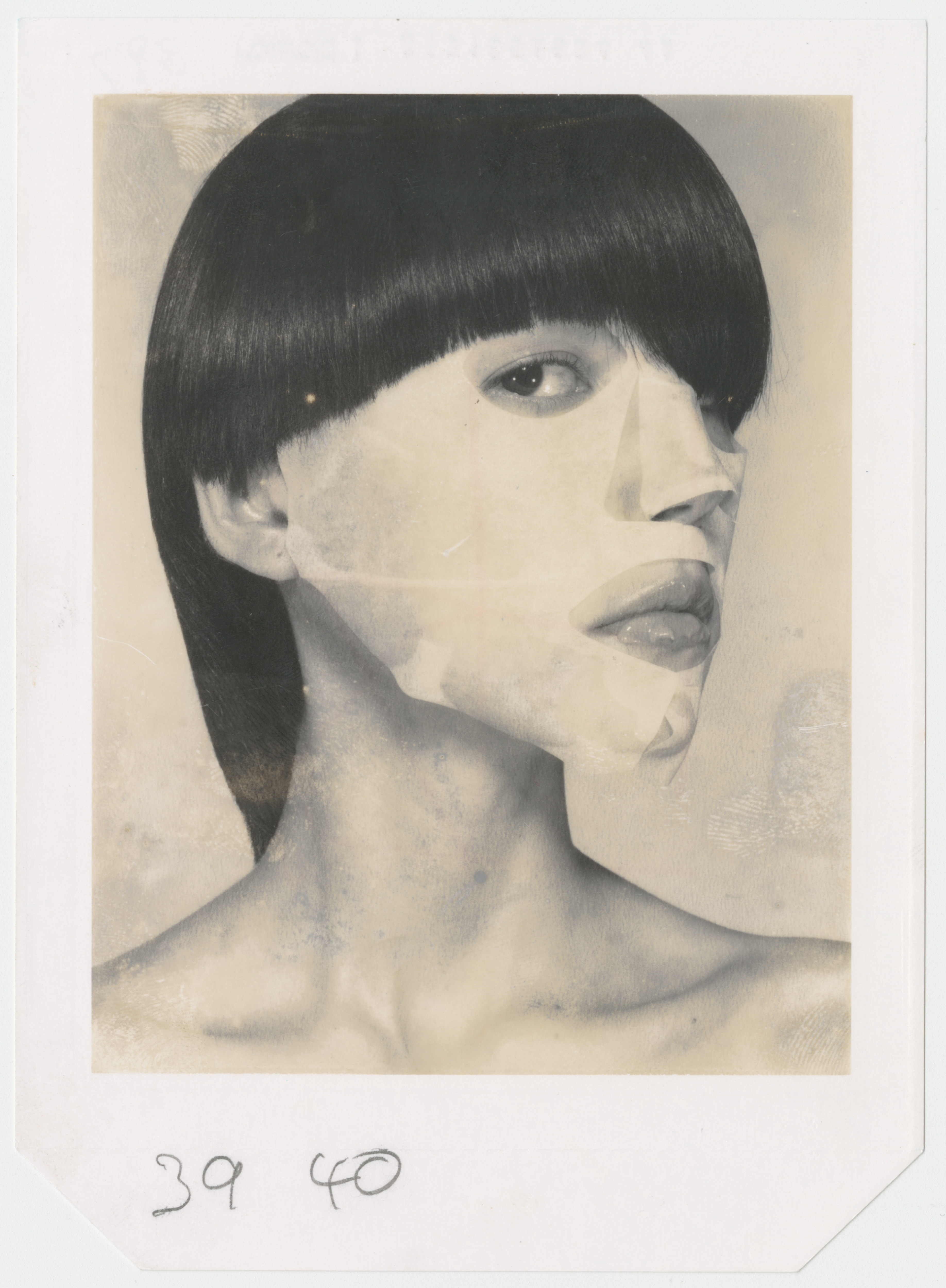
‘I was using photography to enhance what I saw to a vision of how I liked to view it,’ she says today, reflecting on how her early ideas about beauty and aesthetics informed her practice. ‘The concept of beauty is simply something visual that we personally aspire to, some more than others. To attain beauty, to own it, to become what we desire is a dream, however basic and simple, of the narcissist. It can be seen in two ways: that of damage control, and that of accentuating the good first and foremost and of camouflaging the bad: it’s an illusion, and we have the power to control illusions, thus to control beauty, now more than any time in history.’


After Max Factor, followed other heavyweights – from Revlon and Maybelline, to Aveda and Sephora, as well as publications including Vogue and The Sunday Times Magazine – and, more recently, Trope has collaborated closely with Kim Kardashian’s Skims. ‘I have always loved beauty!’ she offers, recalling her introduction to the industry’s commercial side. ‘To see a face and body, each as its own tiny world, a landscape with hills and valleys. To become the architect of a face...to alter the illusion with powder paint pulling, as well as light and angles, is what I think of as pure magic! It’s smoke and mirrors in the positive. Use them not as a lie but as a reality.’
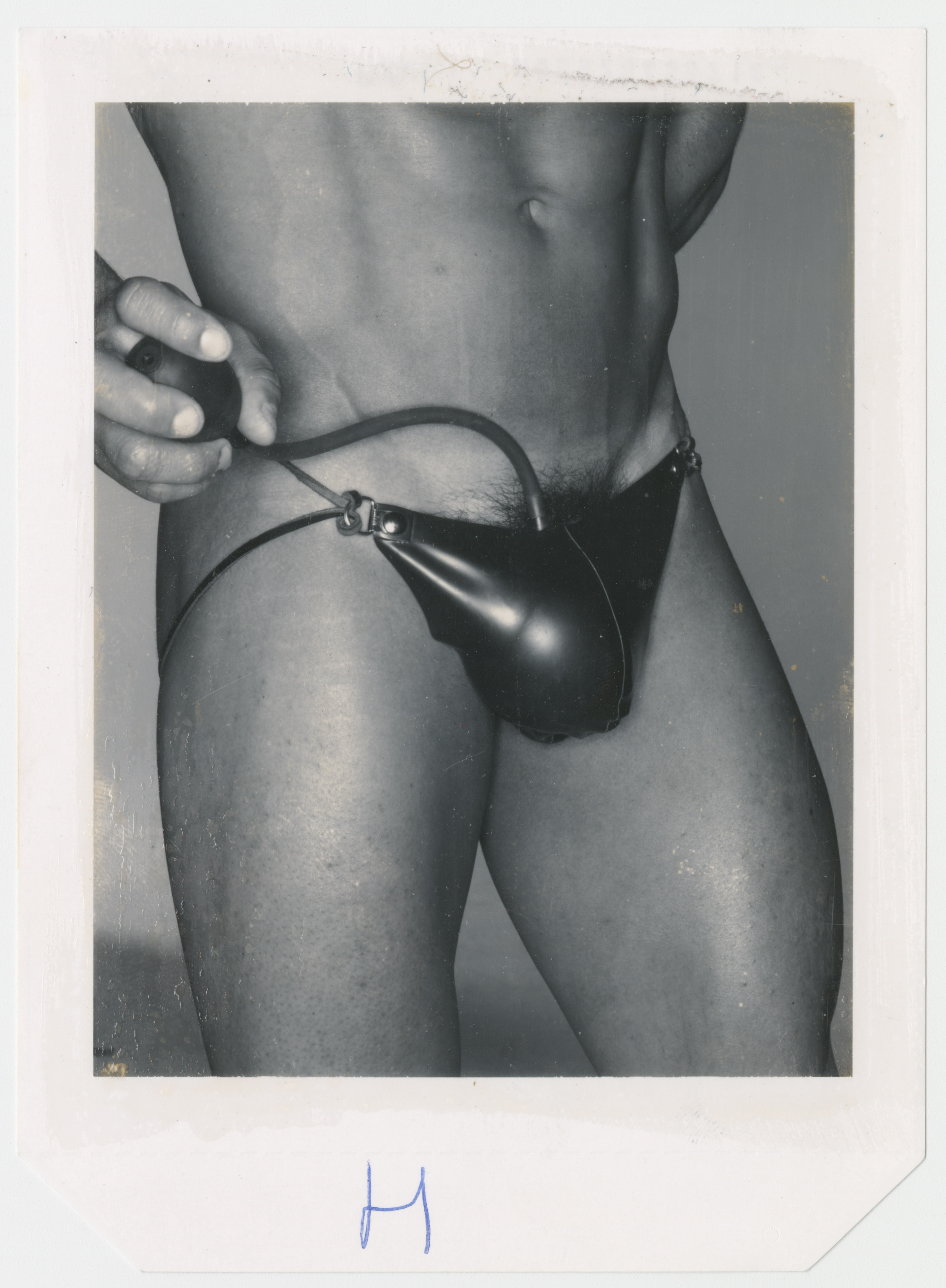

While negotiating colour and light is a cornerstone of her practice (the cover of her cult 2001 book Beauty Shots, for example, featuring a model’s side profile as a cigarette is stubbed onto her cheek, is undoubtedly more powerful as a result of its bright palette and high shine), Trope’s Polaroids exist elsewhere. Characteristically hers, with their confronting disposition and nod to the erotic, their pull is the product of a more intimate beast. ‘We have within us at least two sides,’ considers the photographer. ‘I call it what we see and what we feel: some things we keep hidden, although we are comfortable with this vision, it's not thought out. It's instant gratification. We see, we like, we snap and we capture. But what we show, especially the world of beauty, is rarely the real thing.
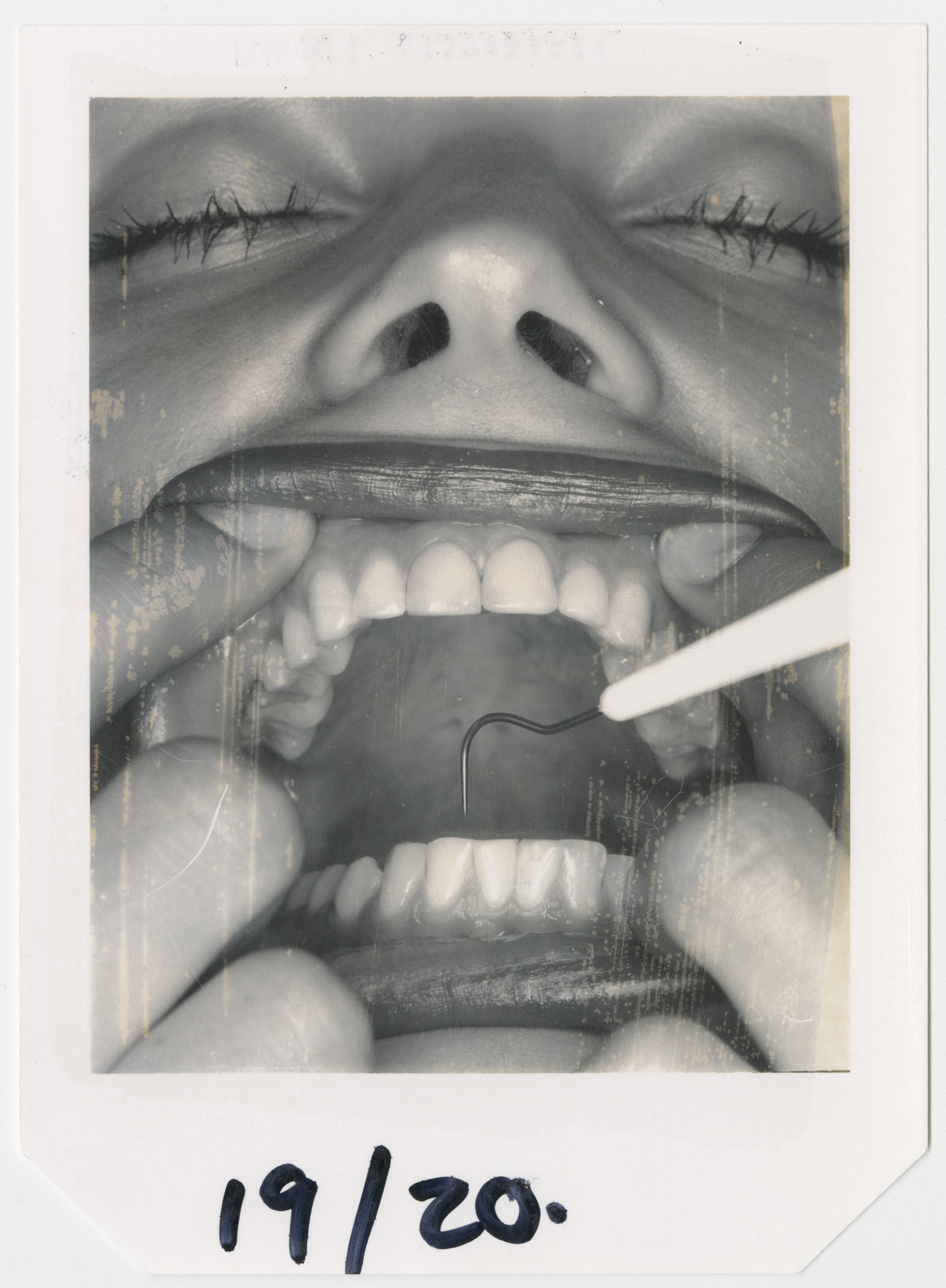
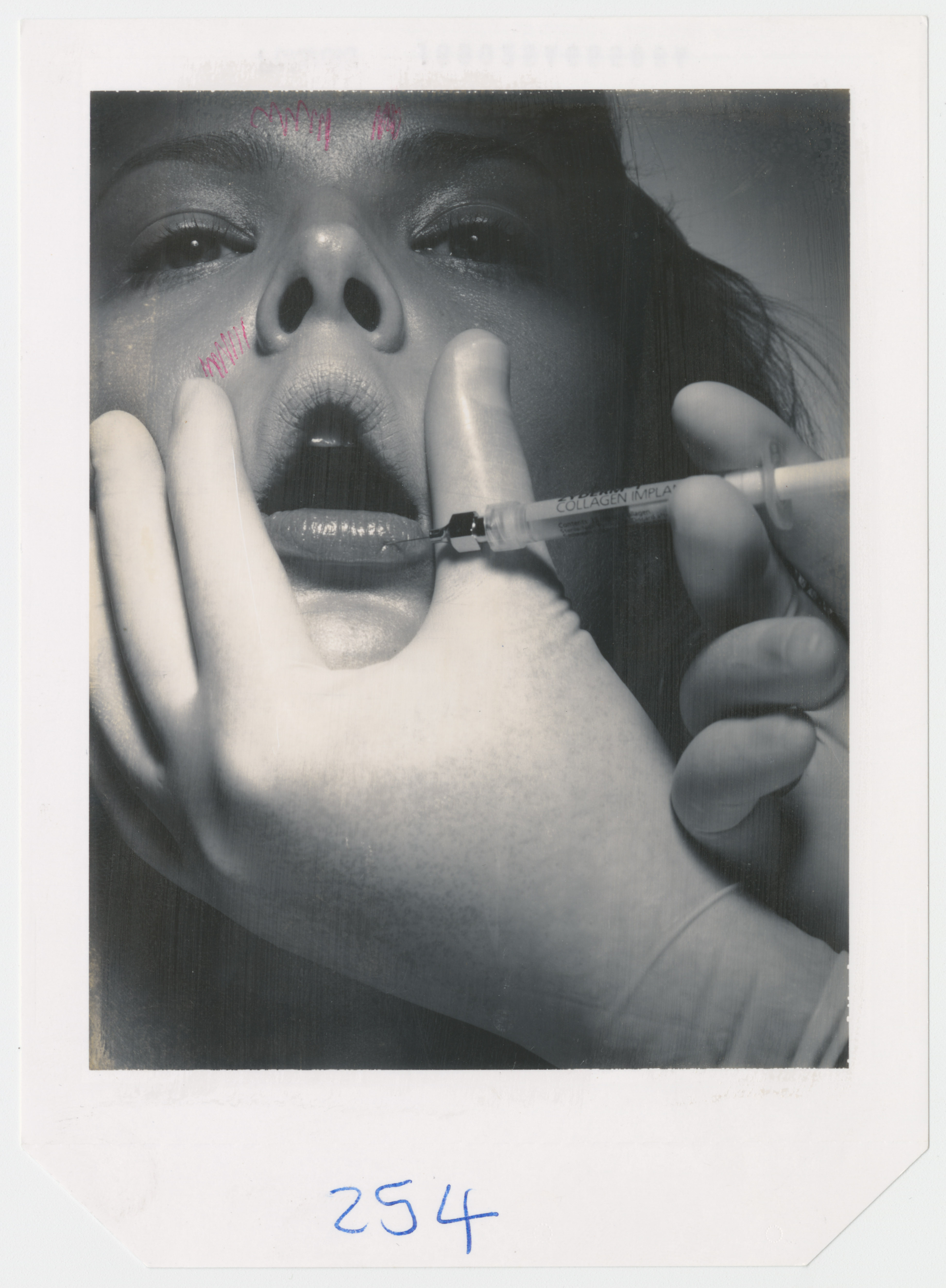
‘The finished image is thought out, toyed with, stepped on, glossed over and touched up,’ she continues. ‘My Polaroids are not! They are, in fact, the real thing. I refer to these Polaroids as my alter-ego. Freud might say I'm free-associating: I'm being free, knowing that the end results in polish and paint, ie, a beauty image.’ It’s perhaps unsurprising, then, that Trope’s Polaroids are already the subject of a book, published by Patrick Remy Studio in 2023. Moreover, the new exhibition, Trope’s first in France, is effectively a full circle moment: first encountering Trope’s work in a magazine in 2000, Carole Lambert eventually met the photographer at a book signing. ‘It has been a true and real collaboration,’ Trope shares of working alongside the gallerist. ‘It is a marriage of our taste and instinct combined.’
‘Polaroids by Donna Trope’, Monday-Friday, 2pm-6pm,
Receive our daily digest of inspiration, escapism and design stories from around the world direct to your inbox.
Galerie Carole Lambert, 81 Rue du Temple, 75003 Paris, lambert-lambert.com, @galeriecarolelambert
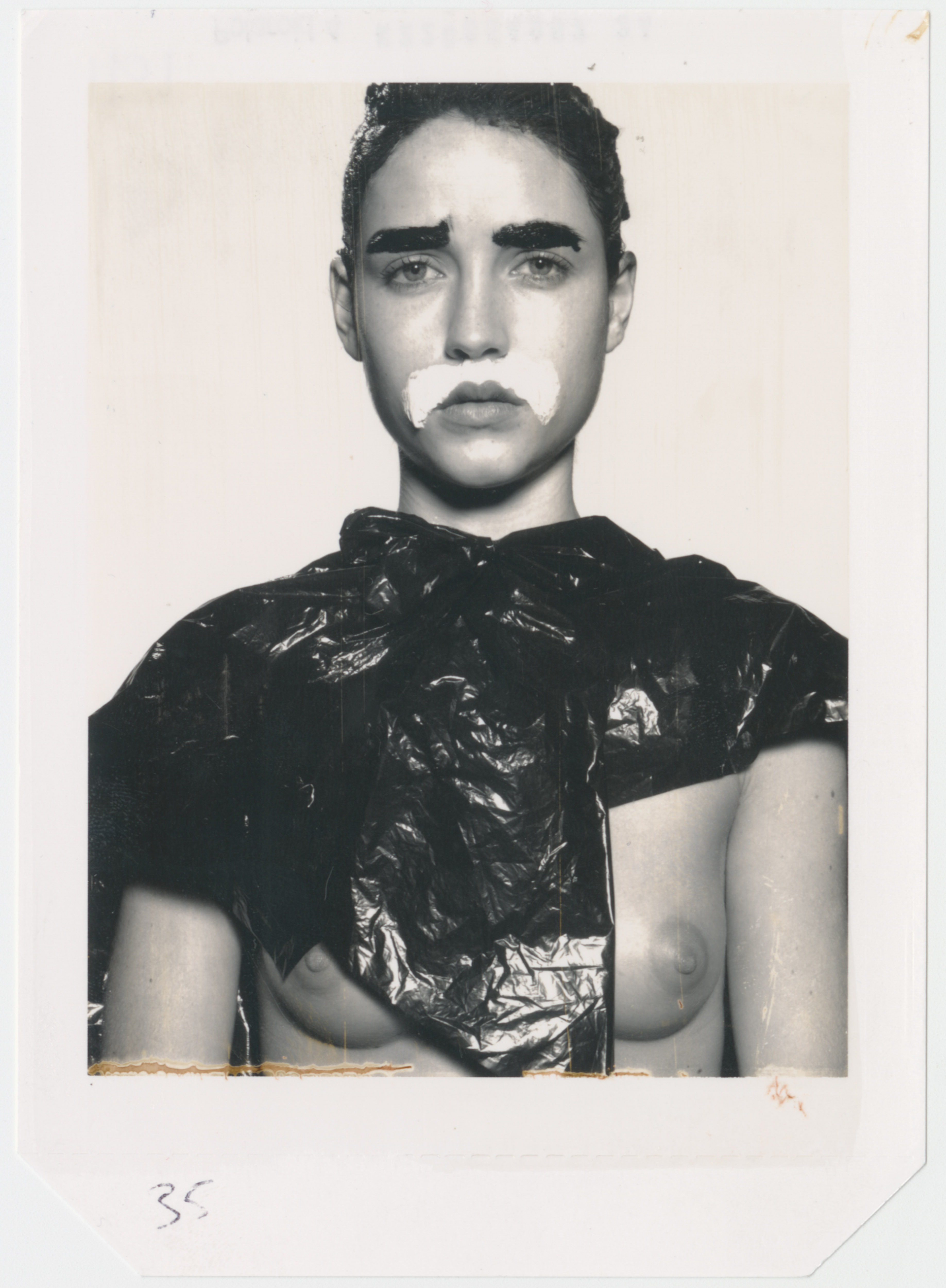
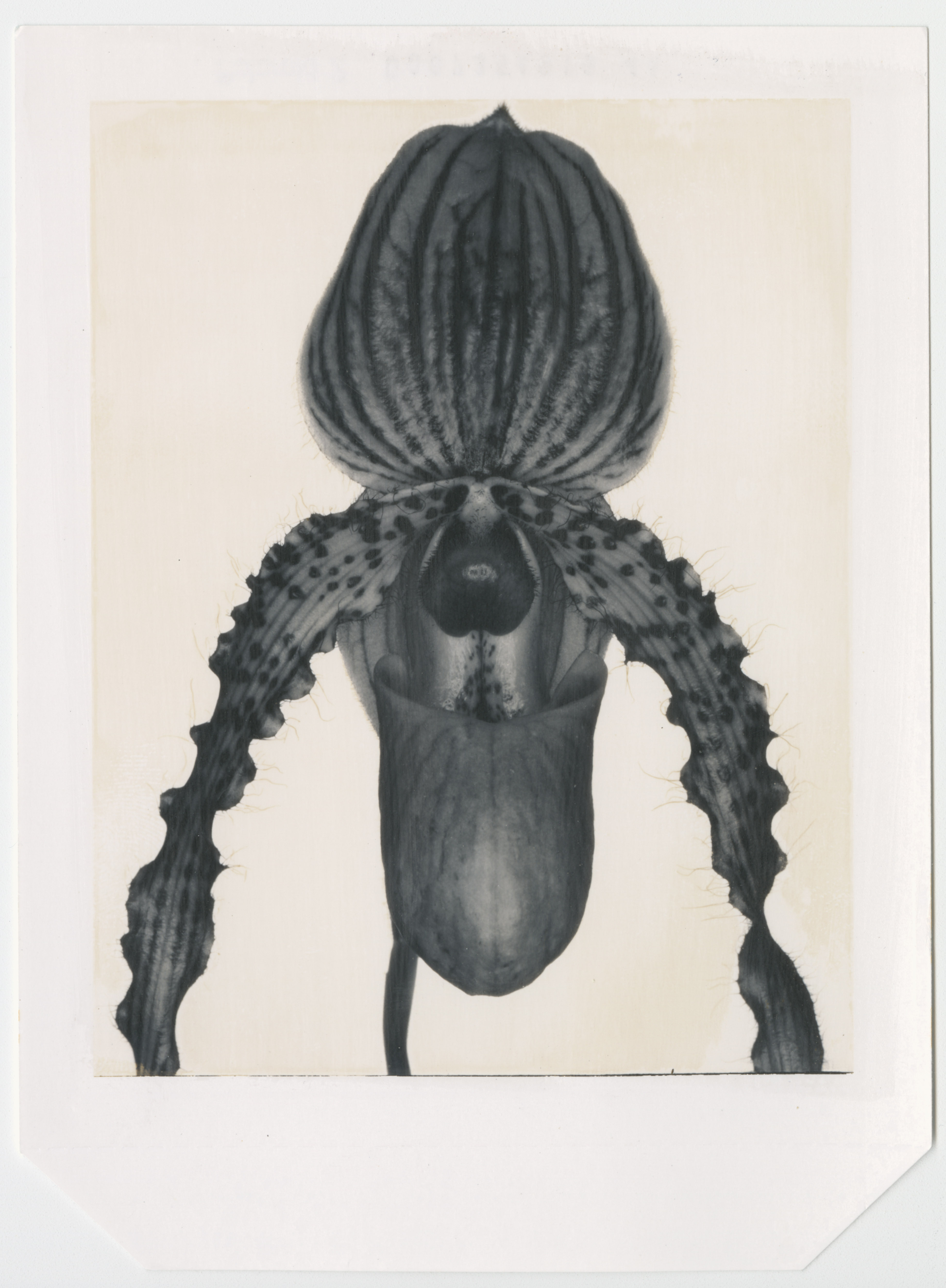
Zoe Whitfield is a London-based writer whose work spans contemporary culture, fashion, art and photography. She has written extensively for international titles including Interview, AnOther, i-D, Dazed and CNN Style, among others.
-
 Alexander Wessely turns the Nobel Prize ceremony into a live artwork
Alexander Wessely turns the Nobel Prize ceremony into a live artworkFor the first time, the Nobel Prize banquet has been reimagined as a live artwork. Swedish-Greek artist and scenographer Alexander Wessely speaks to Wallpaper* about creating a three-act meditation on light inside Stockholm City Hall
-
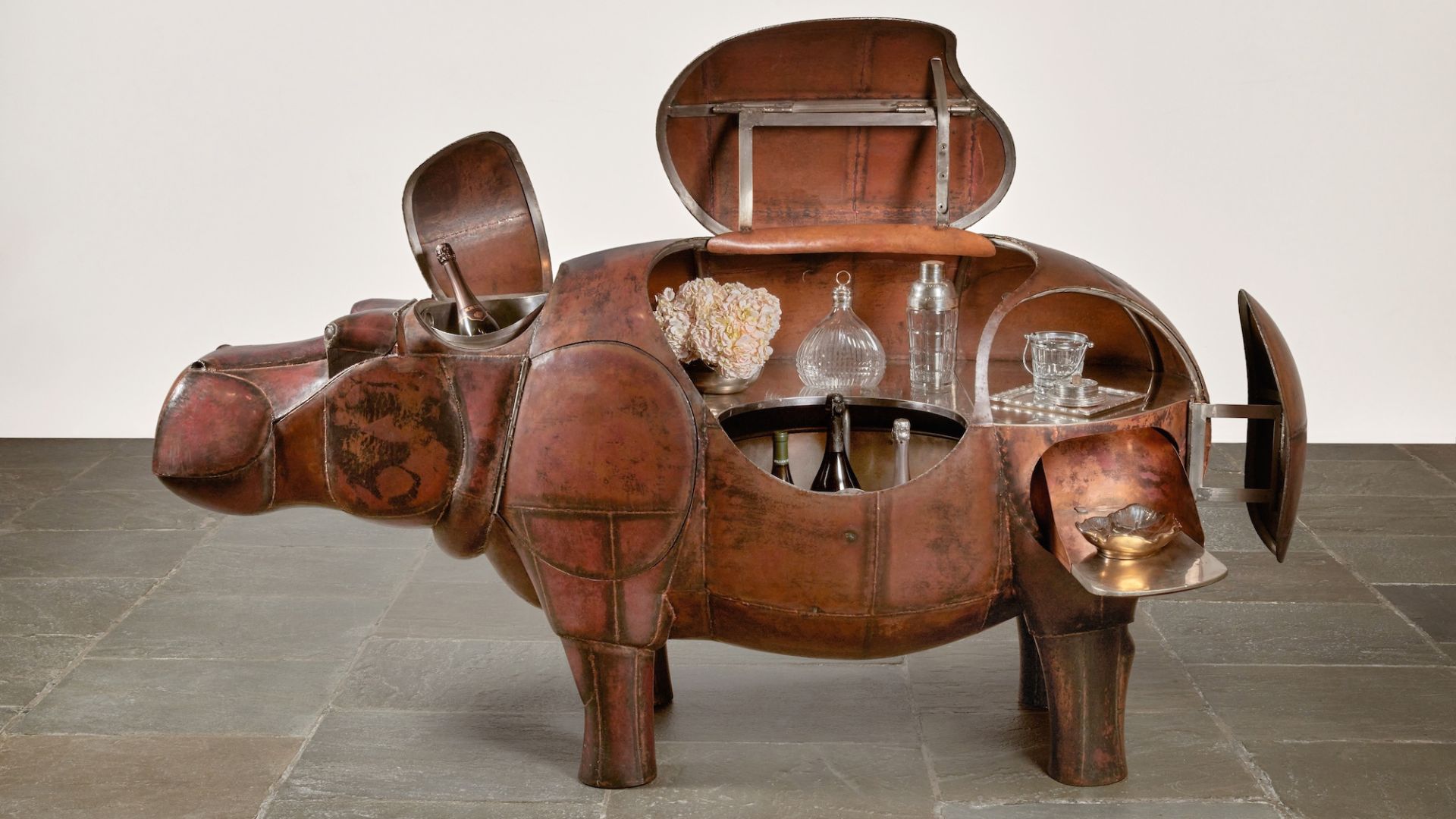 At $31.4 million, this Lalanne hippo just smashed another world auction record at Sotheby’s
At $31.4 million, this Lalanne hippo just smashed another world auction record at Sotheby’sThe jaw-dropping price marked the highest-ever for a work by François-Xavier Lalanne – and for a work of design generally
-
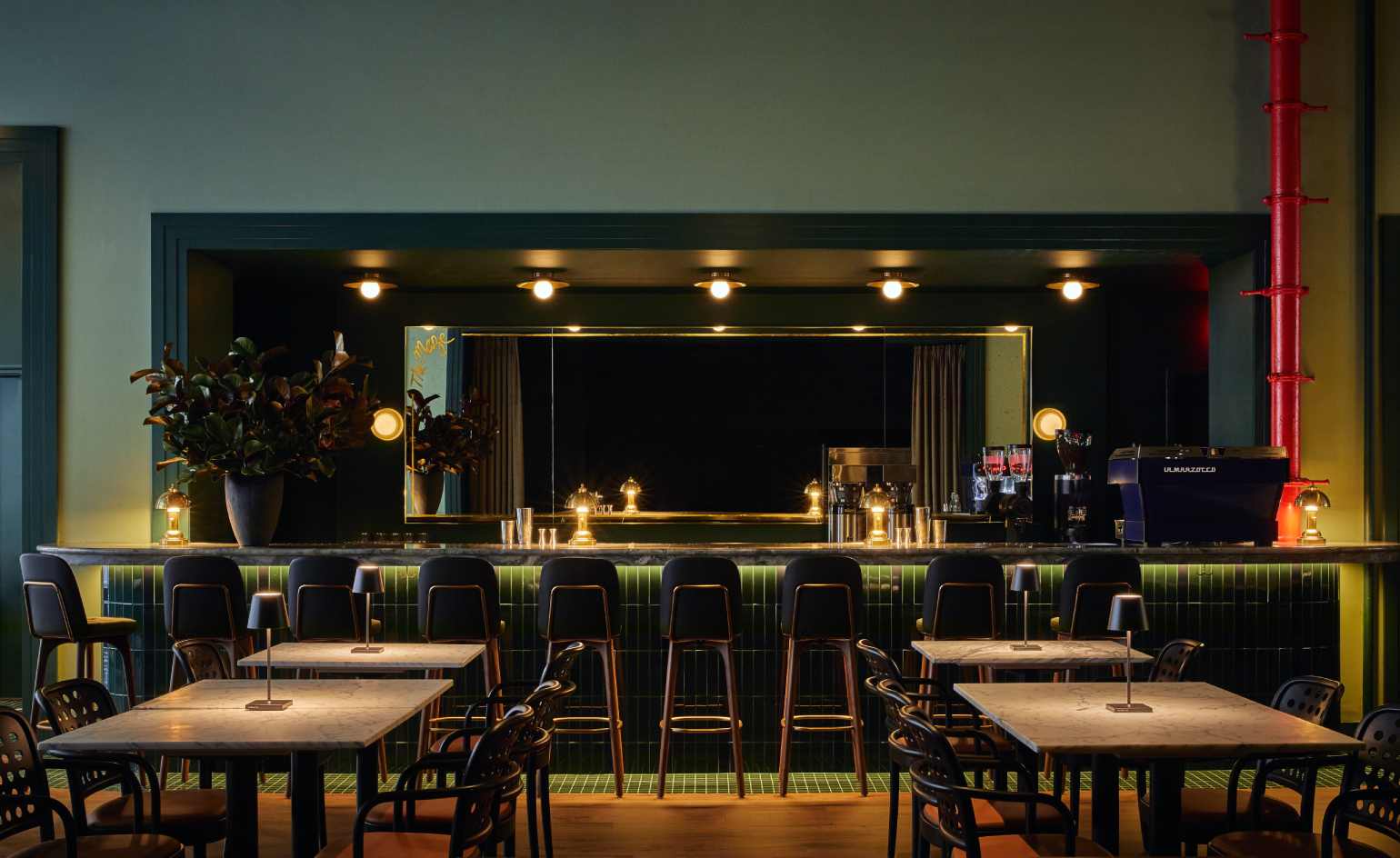 NYC’s first alcohol-free members’ club is full of spirit
NYC’s first alcohol-free members’ club is full of spiritThe Maze NYC is a design-led social hub in Flatiron, redefining how the city gathers with an alcohol-free, community-driven ethos
-
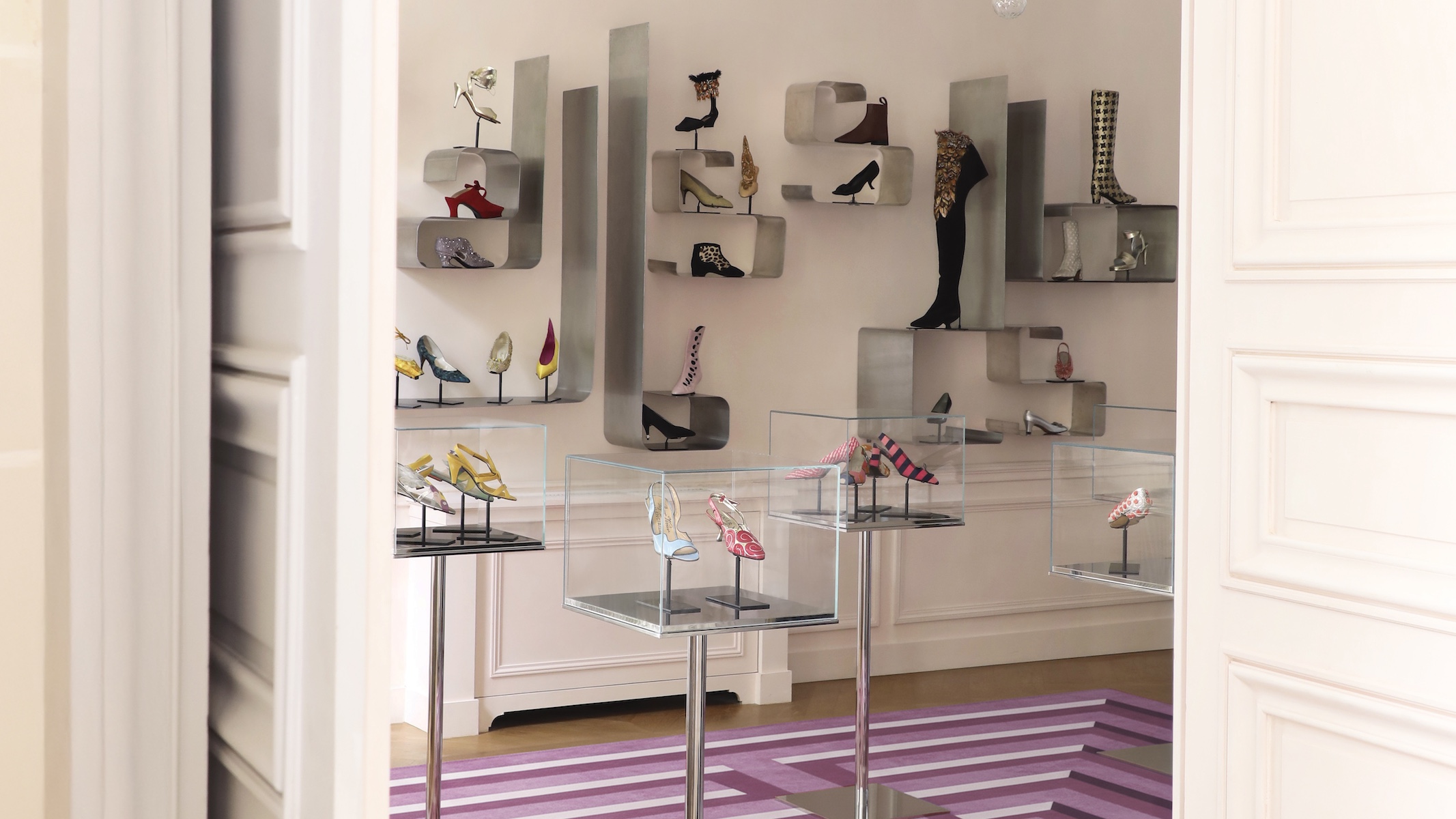 Inside Roger Vivier’s opulent new Paris HQ and archive, a haven for shoe lovers
Inside Roger Vivier’s opulent new Paris HQ and archive, a haven for shoe loversWallpaper* takes a tour of ‘Maison Vivier’, an 18th-century hôtel particulier that houses the French shoemaker’s headquarters, studio and archive – an extraordinary collection of over 1,000 pairs of shoes
-
 Glenn Martens’ thrilling Maison Margiela debut was a balancing act between past, present and future
Glenn Martens’ thrilling Maison Margiela debut was a balancing act between past, present and futureThe Belgian designer made his debut for the house last night with a collection that looked towards medieval decoration for a new expression of opulence
-
 Haute Couture Week A/W 2025: what to expect
Haute Couture Week A/W 2025: what to expectFive moments to look out for at Haute Couture Week A/W 2025 in Paris (starting Monday 7 July), from Glenn Martens’ debut for Maison Margiela to Demna’s Balenciaga swansong. Plus, ‘new beginnings’ from JW Anderson
-
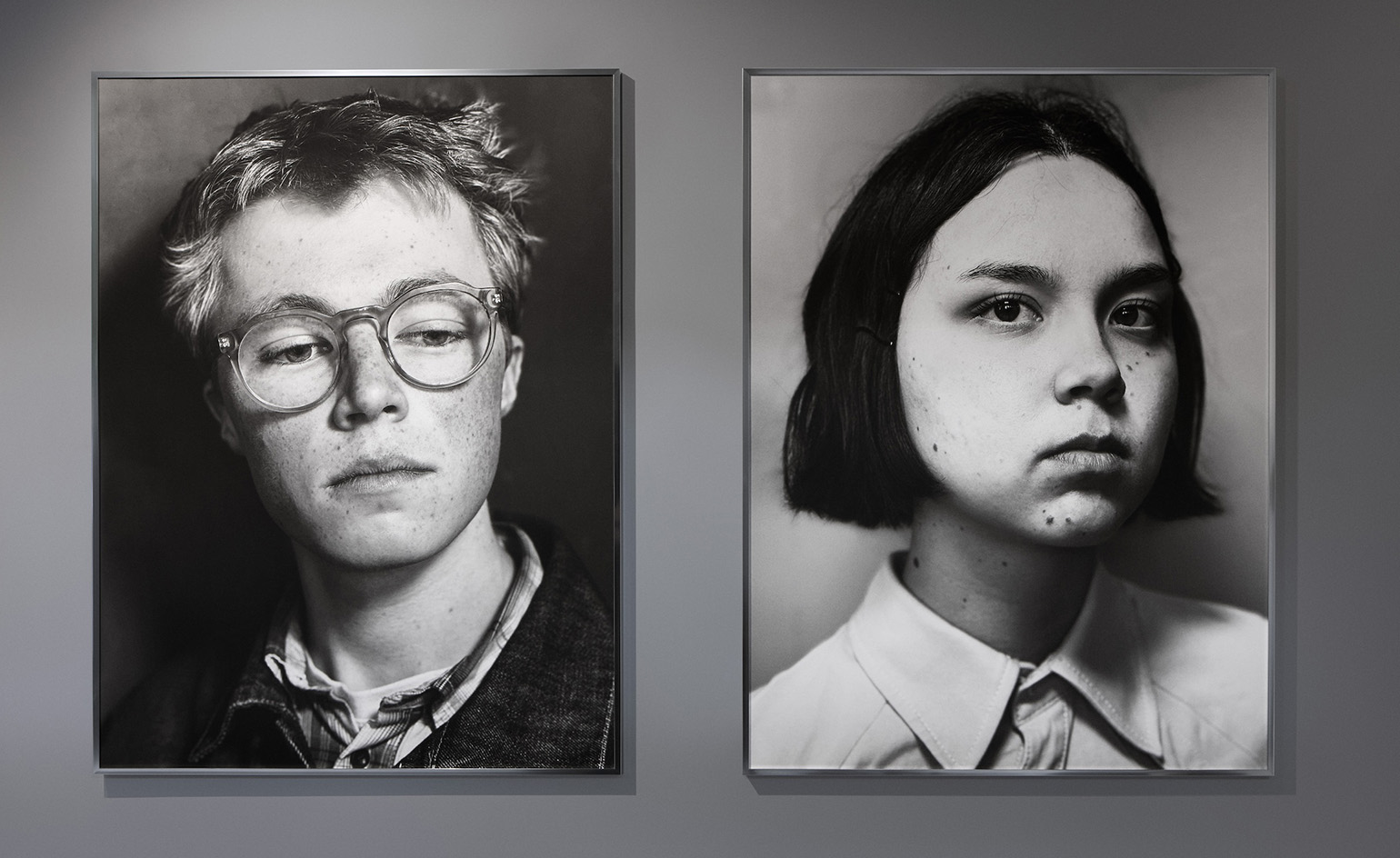 ‘They gave me carte blanche to do what I want’: Paul Kooiker photographs the students of Gerrit Rietveld Academie for Acne Studios
‘They gave me carte blanche to do what I want’: Paul Kooiker photographs the students of Gerrit Rietveld Academie for Acne StudiosHeralding the launch of a new permanent gallery from fashion label Acne Studios, the celebrated Dutch photographer’s new body of work praises the bravery of ‘people who choose to go to an art school at a time like this’
-
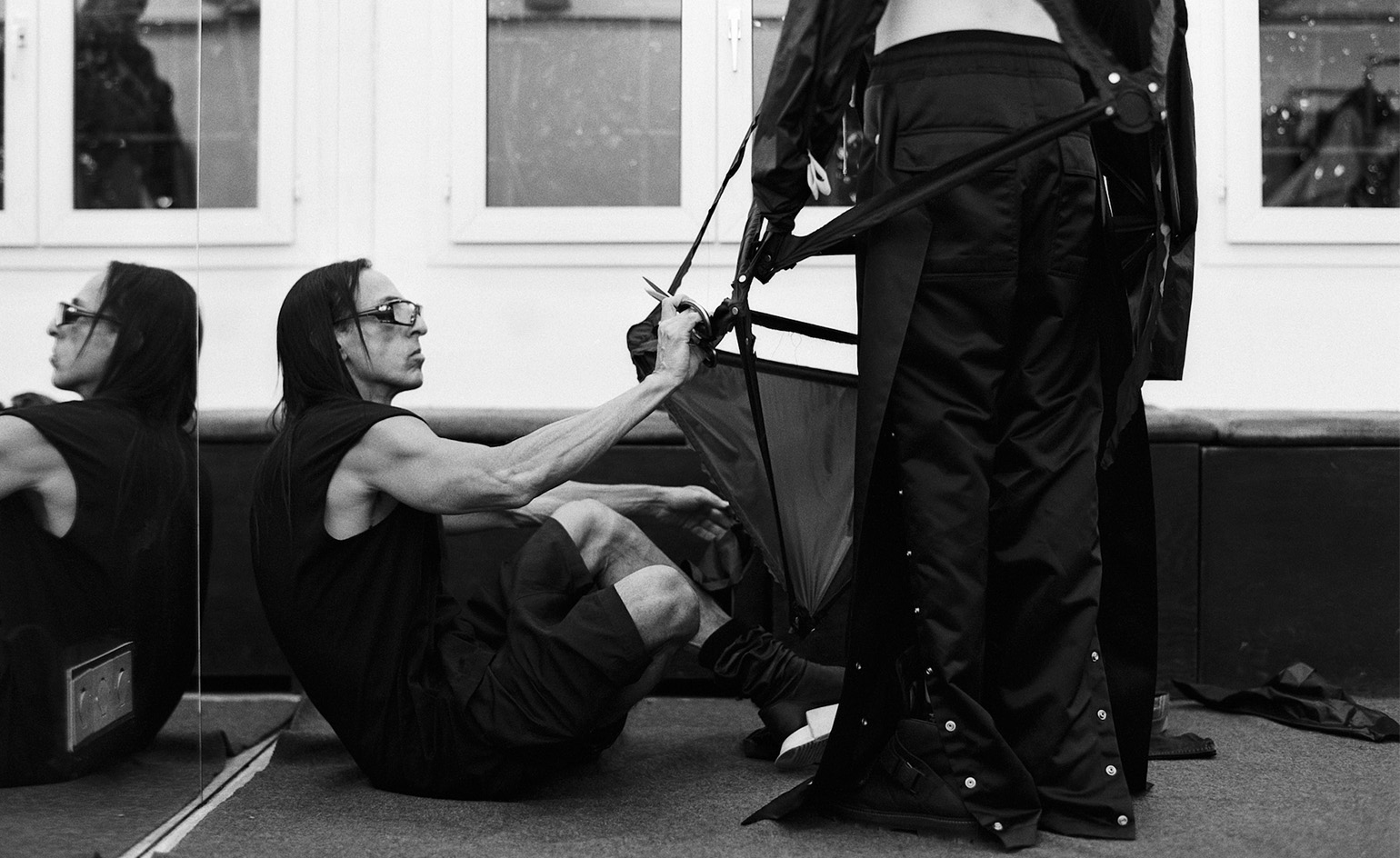 ‘I’m surprised that I got this far’: Rick Owens on his bombastic Paris retrospective, ‘Temple of Love’
‘I’m surprised that I got this far’: Rick Owens on his bombastic Paris retrospective, ‘Temple of Love’The Dark Prince of Fashion sits down with Wallpaper* to discuss legacy, love, and growing old in Paris as a display at the Palais Galliera tells the story of his subversive career
-
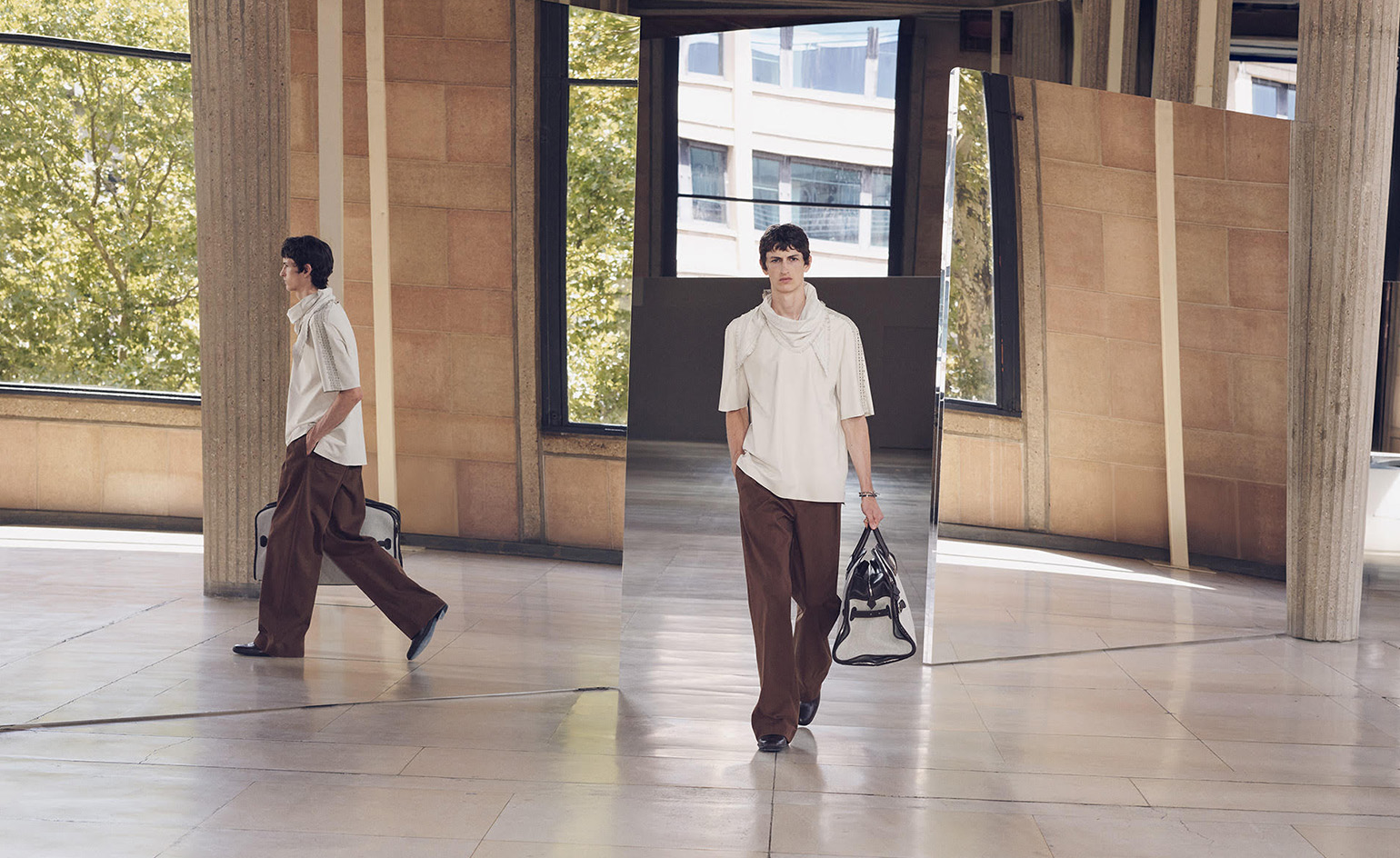 The standout shows of Paris Fashion Week Men’s S/S 2026: Hermès to Craig Green
The standout shows of Paris Fashion Week Men’s S/S 2026: Hermès to Craig GreenWallpaper* picks the very best of Paris Fashion Week Men’s S/S 2026, from Véronique Nichanian’s portrait of summer in the city for Hermès to Craig Green’s return to the Paris runway
-
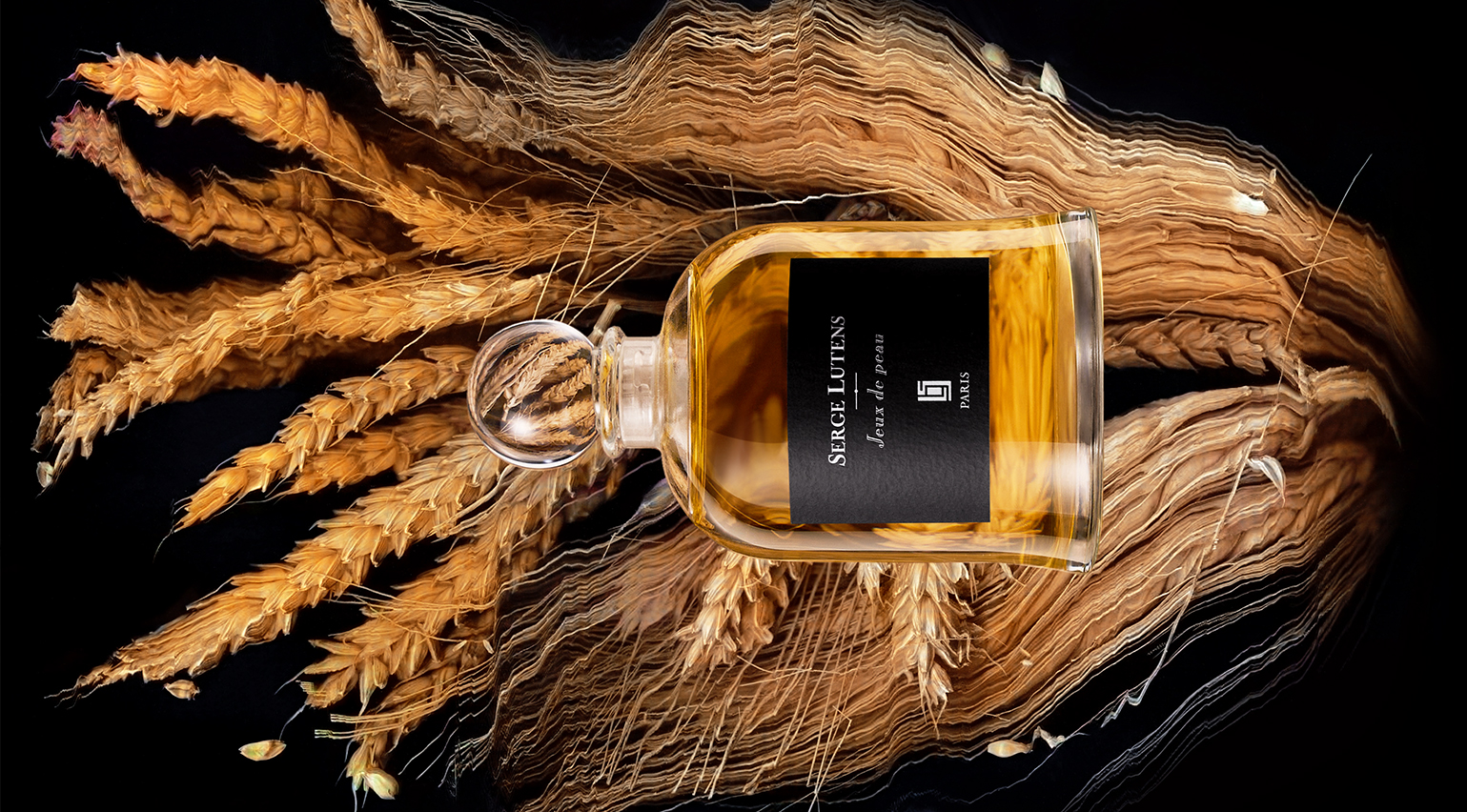 ‘Don’t forget to get the bread!’ Serge Lutens writes an ode to a singular perfume
‘Don’t forget to get the bread!’ Serge Lutens writes an ode to a singular perfumePublished exclusively by Wallpaper*, Serge Lutens writes an ode to Jeux de Peau, a singular perfume of his creation inspired by a childhood memory of baking bread
-
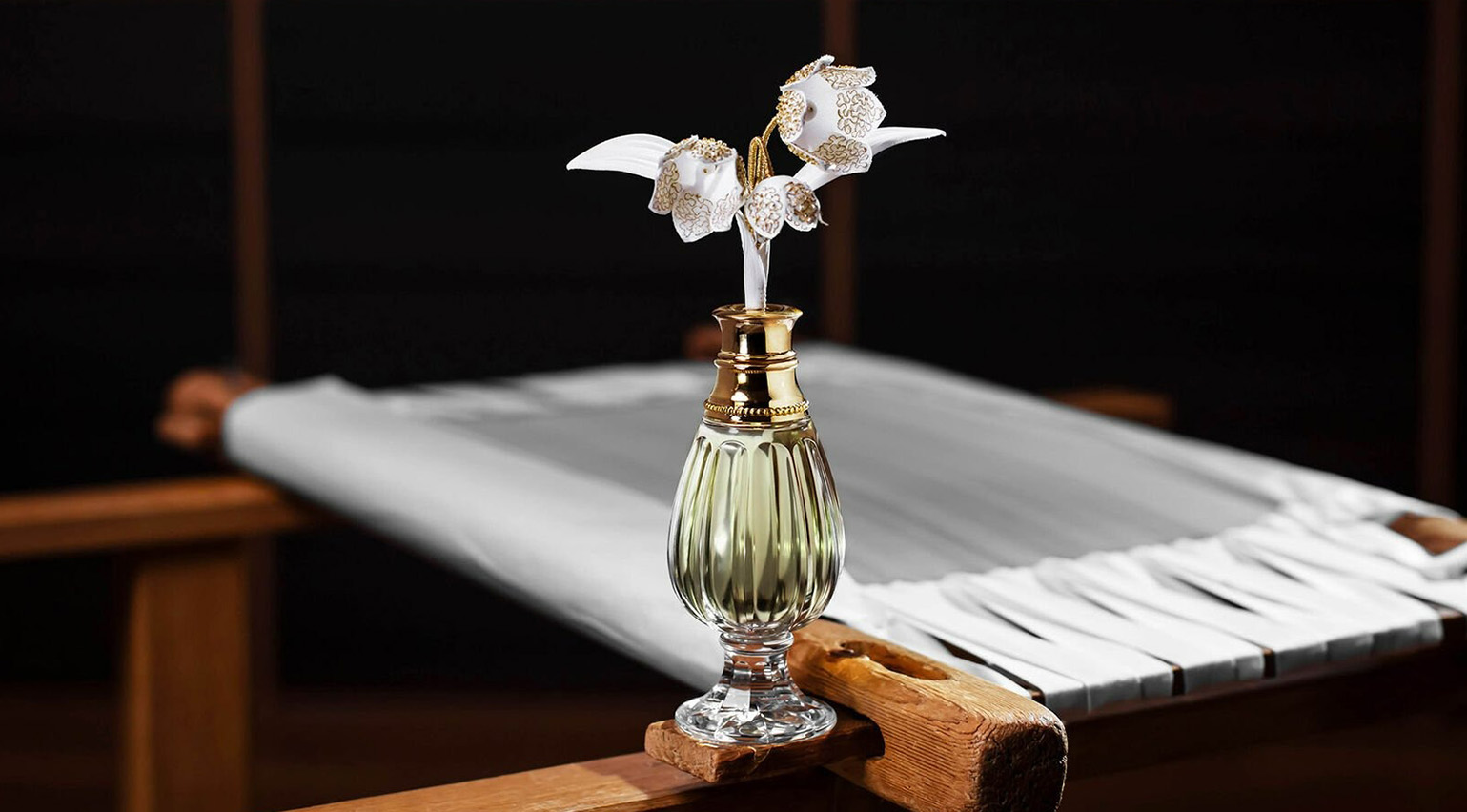 What did Christian Dior’s favourite ‘invisible’ flower smell like?
What did Christian Dior’s favourite ‘invisible’ flower smell like?Dior’s Francis Kurkdijan recreates the scent of a rare lily of the valley species in Le Muguet, the first olfactory chapter of new perfume collection Les Récoltes Majeures